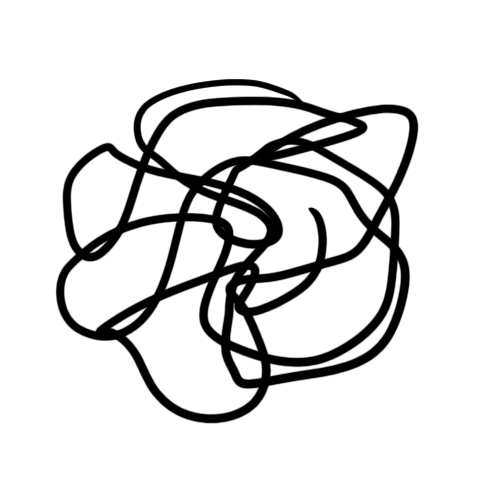


Leave no trace
2013 - on going
Paper, USB flashdrive
24 x 16 x 1 in each frame (60 x 40 x 2.5 cm)
About
Leave no trace investigates the friction between lasting and vanishing memories in the digital age. The experiment creates an allegory for the way technology reshapes our construction of memory and accountability for the past when deletion is a mere click away.
Every month, the artist is writing her diary daily on two pages of paper using a vanishing ink pen - recollecting onto paper the day’s causal occurrences, personal thoughts, private moments and uncensored reflections as they resurfaced in her mind.
Once the two white pages are covered with these ephemeral notes, she scans them before the text evaporated into the thin air. In six hours, each word slowly and organically has disappeared from the page, taking away with it the weight of the content and the contribution that this daily recollection has for the present and the future. At the end of each day, all that remains are two blank, white pages, lightly marked by the pen’s etchings, waiting lonely for the next day’s narrations.
The same process is repeated each day of the month on the same two pages. After that, the two blank pages of paper that bore the weight of the artist’s hand and personal history are framed and publically displayed while the scanned documents, the only trace that the process itself really happened, are stored on a USB key casually taped behind each frame.
New technologies challenge the traditional construction of history by giving people agency over reality. With popular online applications like Snapchat, individuals can now delete their real, virtual moments seconds after they are created, poking superficial holes in their online identity. The power to delete history, or erase a virtual moment, relieves people from feeling a personal responsibility for their actions that have been deleted. While these fleeting moments may appear to leave no trace, their illusive presence is lasting.
Leave No Trace replicates the friction between lasting and vanishing memories. The scanned text provides proof that the diary entry was written however it can’t be accessed. From the outside, it seems that the ability to erase the past worked but the ghost of history is always looming in the horizon.

